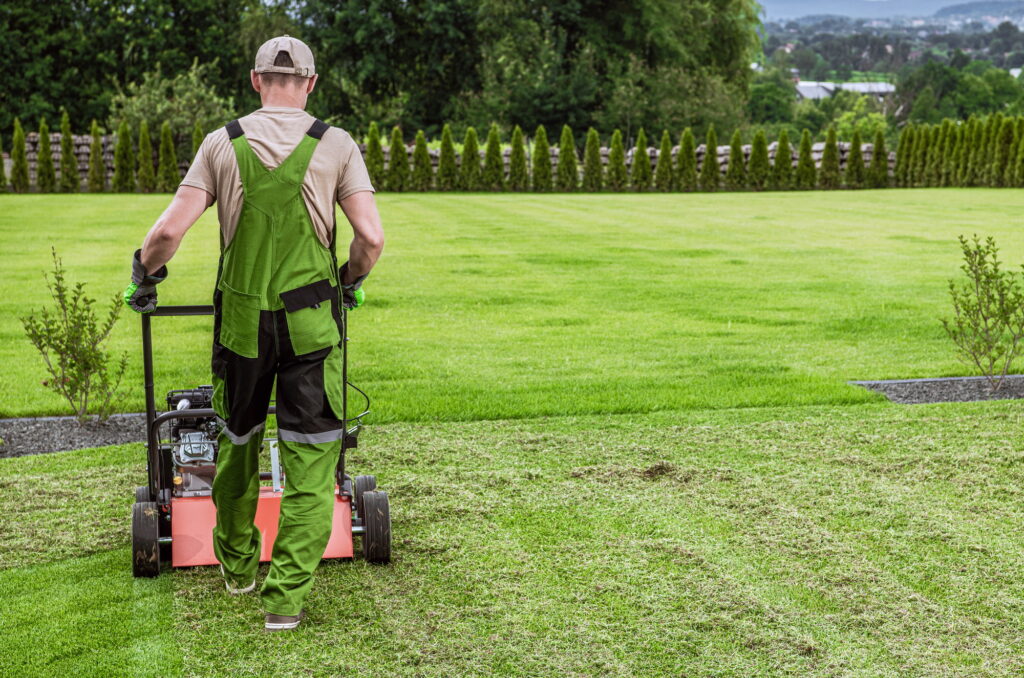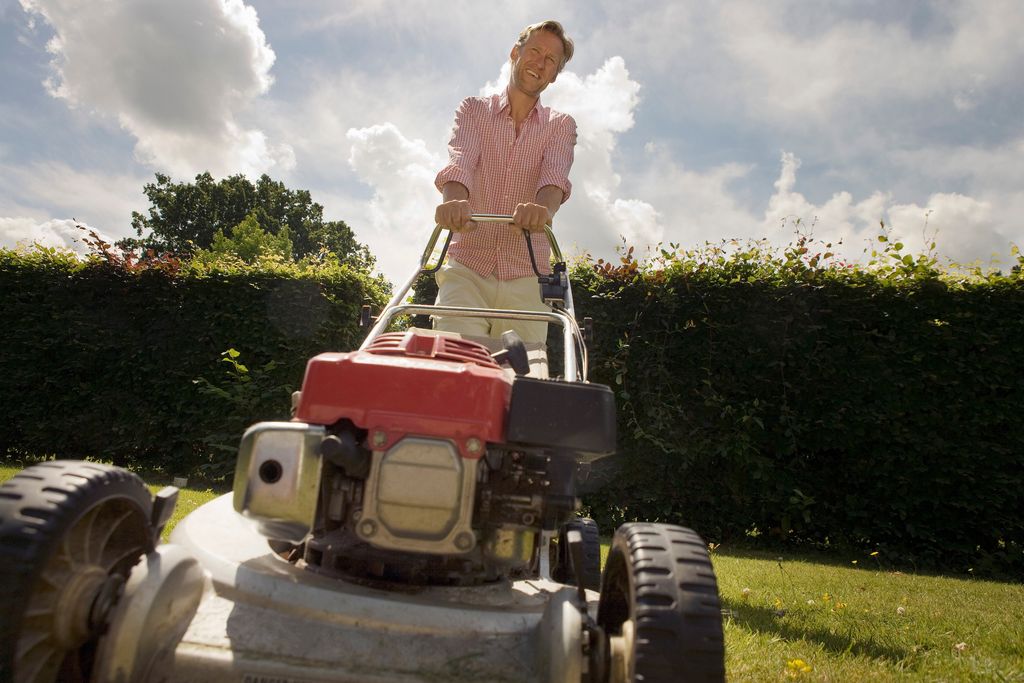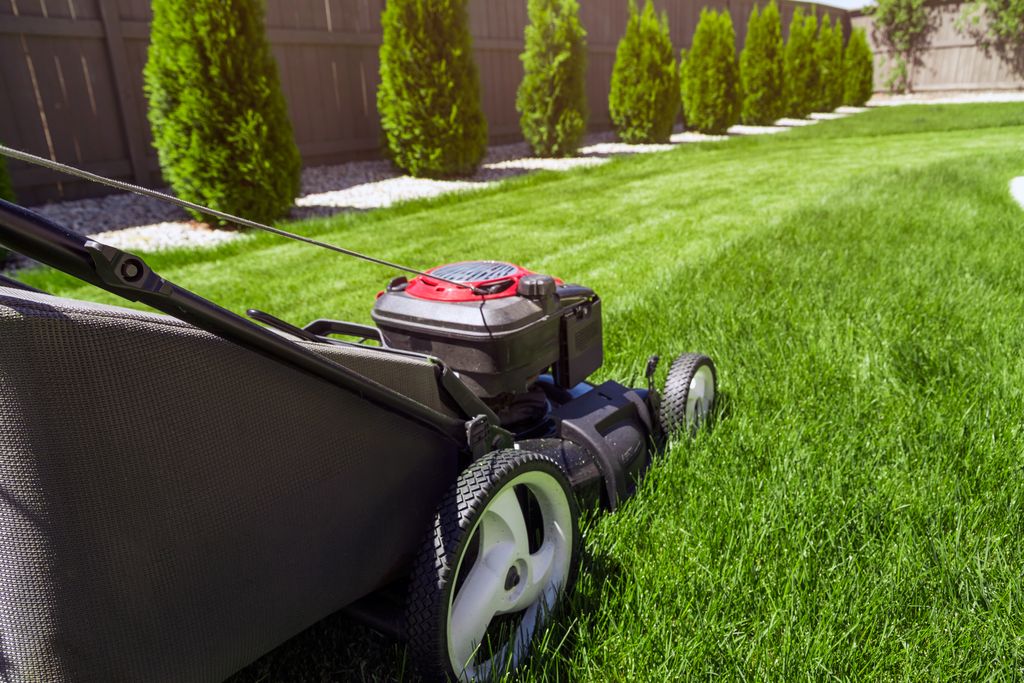Thatch can be both a friend and a foe to your lawn. A thin layer helps protect grass roots, but too much can cause serious problems. If you’ve noticed your lawn looking spongy, struggling with drought, or developing pest issues, thatch buildup might be the culprit.
This guide will help you understand what thatch is, how to prevent it, and the best ways to remove it—keeping your lawn healthy and green.
This post contains affiliate links. As an Amazon Associate, I earn from qualifying purchases at no additional cost to you.
What Is Thatch?
Thatch is a dense layer of dead and living grass stems, roots, and other organic material that builds up between the soil and the green grass blades.
- A little thatch (½ inch or less) acts like a natural mulch, helping retain moisture and protect roots.
- Too much thatch (more than ½ inch) blocks water, air, and nutrients from reaching the soil, making your lawn prone to disease, pests, and drought damage.
What Causes Thatch Buildup?
Several factors speed up thatch accumulation:
1. Grass Type & Growth Habits
- Some grasses (like Kentucky bluegrass and creeping bentgrass) produce more thatch than others.
- Fast-growing grass varieties add more organic material to the thatch layer.
2. Over-Fertilizing (Especially in Spring)
- Too much nitrogen leads to rapid growth, which means more dead material builds up.
3. Compacted or Poorly Aerated Soil
- Hard, compacted soil prevents microbes from breaking down thatch.
- Waterlogged soil slows decomposition.
4. Overusing Pesticides & Chemicals
- Harsh insecticides and fungicides kill earthworms and microbes that naturally break down thatch.
How to Check for Thatch
Simple Test:
- Use a shovel or knife to cut a small, pie-shaped section of your lawn (about 2 inches deep).
- Look at the layer between the green grass and the soil.
- Less than ½ inch? No problem!
- More than ½ inch? Time to take action.
How to Prevent Thatch Buildup
Preventing thatch is easier than removing it. Here’s how to keep thatch under control:
1. Fertilize Smartly
- Avoid spring-heavy feeding—opt for a light fall fertilizer (September is ideal).
- Get a soil test (check with your local university extension) to know exactly what nutrients your lawn needs.
2. Aerate Your Lawn
- Core aeration (pulling small soil plugs) helps air, water, and microbes reach the roots.
- Best time to aerate: Late summer to early fall (August–October).
- Pro tip: Fertilize lightly before aerating to help the grass recover faster.
3. Mow the Right Way
- Never cut more than ⅓ of the grass height at once.
- Leave clippings on the lawn (they decompose quickly and add nutrients).
- Use a mulching mower for even distribution.
4. Go Easy on Pesticides
- Only use pesticides when absolutely necessary—they harm helpful microbes and earthworms.
How to Remove Thatch (Dethatching)
If thatch is already too thick, you’ll need to dethatch. Here’s how:
Option 1: Vertical Mowing (Power Raking)
- Uses a machine with spinning blades to pull up thatch.
- Best time: Late summer to early fall (when grass recovers fastest).
- Aftercare: Lightly fertilize and water to help the lawn bounce back.
Option 2: Core Aeration + Dethatching
- If thatch is very thick, aerate first to loosen the soil.
- Follow up with vertical mowing.
What to Do with Thatch Debris?
- Compost it! Thatch makes great organic mulch for gardens.
- Check if your local composting facility accepts lawn debris.
Quick Reference Table: Thatch Control Do’s & Don’ts
| Do | Don’t |
|---|---|
| Aerate yearly | Over-fertilize in spring |
| Mow high & often | Let grass clippings pile up |
| Use compost & organic mulch | Overuse pesticides |
| Check thatch yearly | Ignore thick thatch buildup |
Final Tips for a Thatch-Free Lawn
✅ Test your soil to avoid over-fertilizing.
✅ Aerate yearly if your soil is compacted.
✅ Mow high and often—never scalp your lawn.
✅ Use pesticides sparingly to protect helpful microbes.
Keep your lawn healthy, green, and free from excessive thatch. Happy gardening! ?



